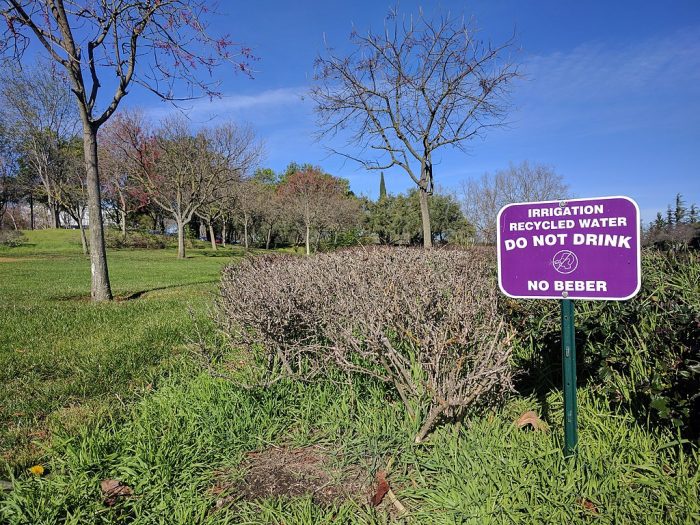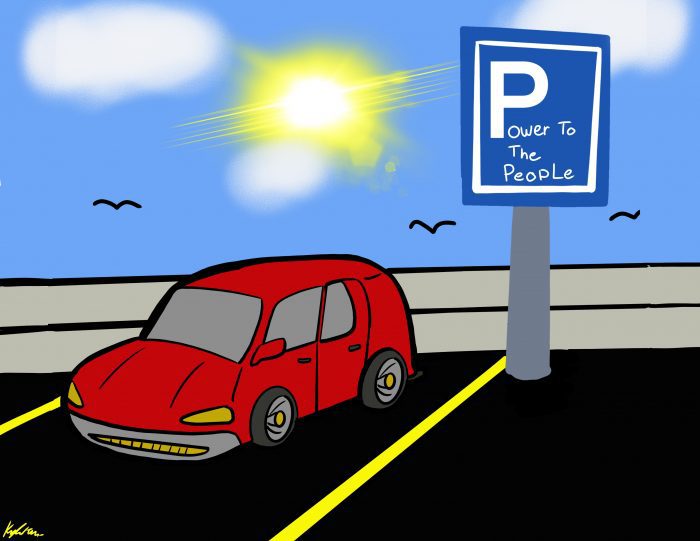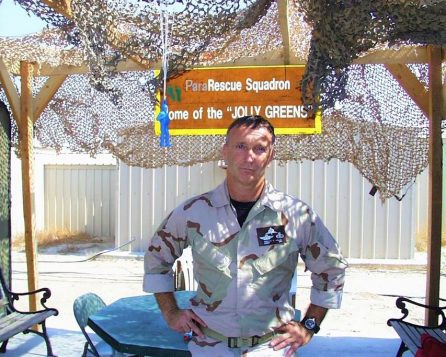While most understand the value of investing in education, there’s more to learning than going to class and doing homework.
We must give all children an equal chance of receiving a proper education, and one way to do so is by ensuring that all students are adequately nourished, navigating the school day on a full stomach.
Last Friday, New York state elected officials joined school administrators and advocates in Huntington to call upon Gov. Kathy Hocul (D) to include fully funded school meals for all students in the 2024 state budget. The call comes after federal waivers that enabled schools to provide free breakfast and lunch to all students during the COVID-19 pandemic ended before the start of the 2022-23 academic year.
The universal free school meals initiative may make some pause at first. While New Yorkers understand that there are countless people among us — many right here in our own towns — suffering from food insecurity, they are aware that some of our residents can easily afford to feed their children breakfast and lunch.
However, advocates for the Healthy School Meals for All program contend that many families are eligible for the supplement but do not apply because they are embarrassed to ask for help. Some make slightly more than the income requirements to receive nutrition assistance but could desperately use the help.
In an era when most families need both parents to work to make ends meet, and as salaries and wages increases have lagged behind inflation, ensuring free meals for all children can keep our students healthy while easing household budgets. In addition to helping households, the program would eliminate unpaid meal debt for school districts, which increased after the federal waivers expired.
According to the speakers at the March 24 press conference at Jefferson Primary School in Huntington, including the program in the state budget could help nearly a quarter million students on Long Island alone. The initiative is one that state legislators have gotten behind with $280 million in funding included in their budget proposals.
Now it’s time for Hochul to support it.
With states such as California, Colorado, Nevada, Maine, Vermont, Massachusetts and Connecticut already implementing the Healthy School Meals for All program, it’s time for New York to embrace this initiative.
Research indicates that well-nourished students perform better on tests, are more present in school and retain information better. Advocates hope the program provides all children the opportunity to be fully prepared to take on a day of learning, something every student deserves.
We remind our readers that New York taxpayers are currently subsidizing a football stadium in Buffalo to the tune of $600 million — a deal brokered by the Hochul administration. Meanwhile, many of our school children here on Long Island are inadequately nourished.
The proposed school nutrition program is less than half the cost of the football stadium yet would go much further in advancing the interests of ordinary citizens. To our governor and state officials in Albany: The Buffalo Bills should never trump the health of our children.
Doing what’s right for our kids, and paving the way for a brighter future for all, starts with a solid breakfast and lunch. Our state officials are fighting for this. It is time for our governor to do the same.




























